
Spring is nearly here, which means that we’ll soon be experiencing the urge to clean and refresh our homes. You may be bringing out your favorite cleaning products, but while these are great for getting rid of dirt and dust, some of them can also end up bringing down the quality of the air you breathe.
With that in mind, here are 12 Plants That Will Purify The Air At Home. Many of these indoor plants that clean the air and remove toxins are super easy to care for, making them perfect for busy people or anyone who doesn’t have a green thumb.
Ready to take your home to a whole new level and learn about which house plant purifies the air the most? Then, read on about these 12 air purifying plants!
The Benefits of Having Indoor Plants

Credit: Femina
Plants in the house have been proved in studies to alleviate stress. Seeing the beauty of plants surrounding you does indeed have a relaxing impact, decreasing blood pressure as well as helping you feel much more comfortable and, consequently, happy. This is discussed more in detail at my Biophilic Interior Design post.
Plants are not just there to gather dust and dirt, but they will also absorb dangerous compounds in the environment. They decrease pollutants from the air and convert the pollutants to oxygen, along with other things. Proper humidity also enhances the air quality in your home. According to a NASA investigation, certain plants, which include Epipremnum & Spathiphyllum, are very effective in purifying the air.
Pothos are and Monstera’s are my favorite and rated one of the best houseplants for removing all indoor air toxins. Pothos are also super easy to propagate using just clean water. Getting one pothos plant could save you lots of money since it’s easy and quick to plant multiple new plants from one starter plant.
Plants have been shown in studies to aid in the treatment of depression. Plants promote a more pleasant emotional state by supplying energy and enthusiasm as well as an increased feeling of happiness.
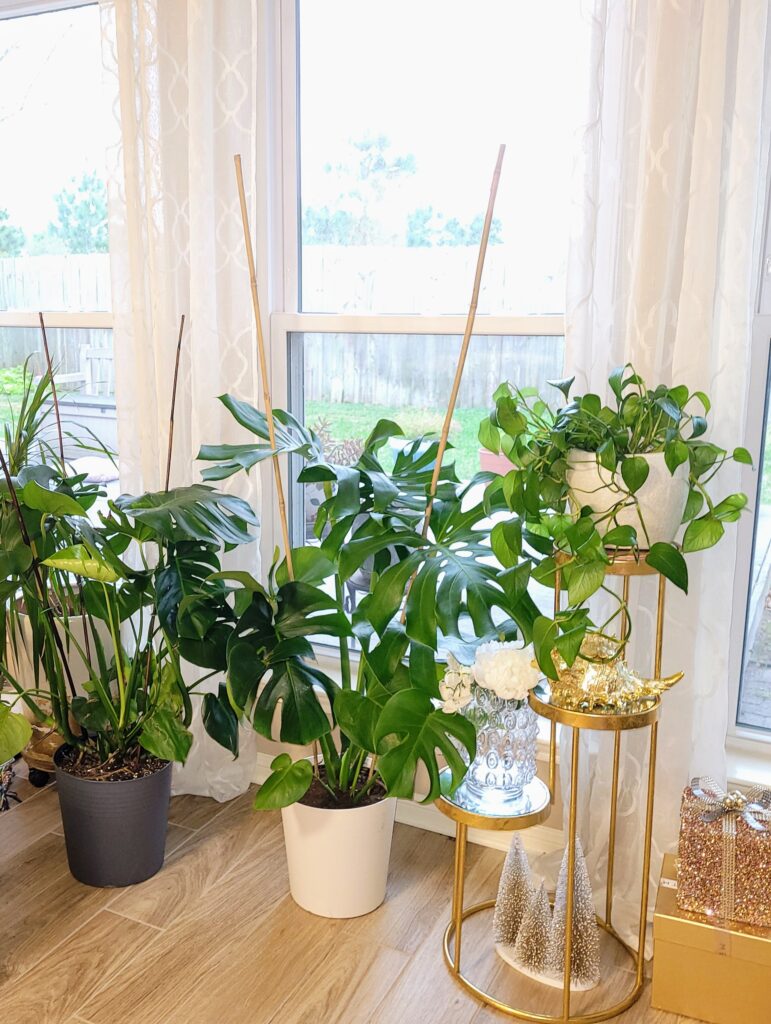
Pure air, a happier soul, and a cleaner environment. The potential of houseplants to boost concentration and awareness is a natural consequence of any green and sustainable living area, which is especially significant if your house is simultaneously your workstation. The sheer presence of houseplants around your place of work might improve your concentration, especially if you are studying or perhaps working at home. It has been shown that merely having a fresh, green environment around your working area has a healing impact. Your concentration can regenerate, allowing you to stay attentive and avoid fatigue.
Are you working at home on a regular basis? Plants around, above, or below your workplace can help you get more at efficient workplace.
Plant leaves may absorb ambient noise, which improves the acoustics inside your house. Are you relocating to a newer home or a home office? It will definitely be worth it to consider adding a variety of plants to assist in creating a calmer living and working environment.
How Plants Can Improve Air Quality

Credit: Real Simple
Most household furnishings, including furnishings, paint, carpeting, or even the building components themselves, contain harmful compounds. These compounds such as toluene, ammonia, benzene, or even formaldehyde are dissipated into the atmosphere, which will cause major health problems in the long term.
Conventional electronic air filters cannot get rid of these harmful compounds, but fortunately, there is an aesthetically beautiful, organic, NASA-proven alternative to improve the quality of your air; thus filling your house with plants that purify the air.

Plants transform the co2 from the atmosphere we breathe out into oxygen and expel pollutants from the surrounding air via a process known as absorption.
In an NASA study from 1989, researcher Bill Wolverton argued that houseplants will provide a viable and cost-effective remedy to household air pollution. He investigated plants power to eliminate harmful compounds from the air. Of course, over the years there has been varied sources to debunk this study as a myth altogether. This only makes me question their intent altogether in proving plants do not enhance air quality, so always do your own research.
11 Easy Care Plants That Will Clean Indoor Air
Aloe Vera
Aloe Vera are quite low maintenance and one of the most popular low-maintenance indoor plants for clean air. They’re particularly nice to have around the house because of their amazing air-filtering abilities. Make sure these plants get enough sunlight (or add interior grow lights when natural sunlight isn’t available), and then they’ll repay you by eliminating formaldehyde out of the air. Aloe Vera plants flourish in temperatures ranging from 55°F to 85°F, not dropping below 40°F. Place your live Aloe Vera plant in a location that receives moderate to bright, indirect sunlight.
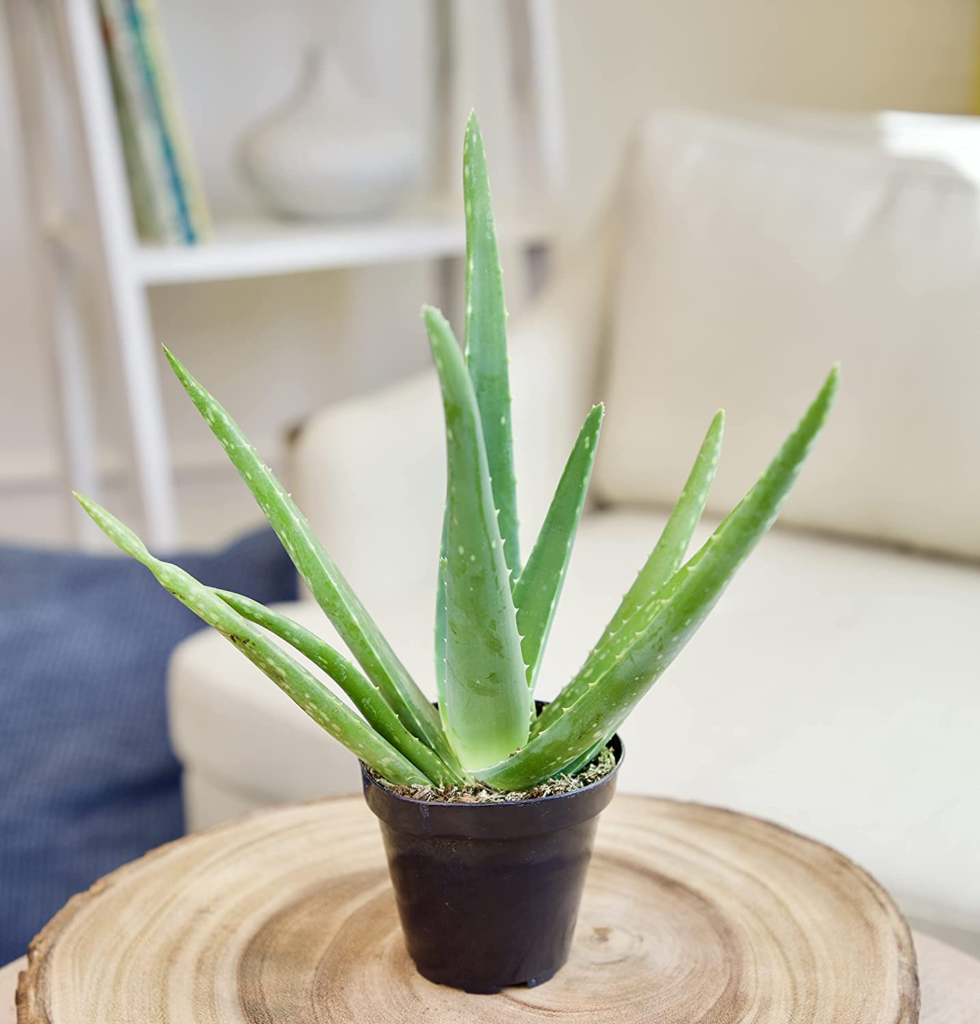
English Ivy and Irish Ivy
Which indoor plants absorbs or kill mold? The English Ivy plant kills 78% of airborne mold in just a few hours. Its leaves have a wonderful variety of shapes that they come in, but they all look stunning whether cascading down bookshelves or even out of suspended pots. If you plant the ivy in water or soil then feed it, it will be an efficient and easy-to-care-for natural air purifier.


Boston Fern
With the astonishing live Boston Fern, you’ll witness it thrive in moderate humidity. If you don’t live in a humid state or environment, consider giving it a biweekly room temperature water in your shower. Also, a mist water sprayer would make it thrive as well. Whenever the Boston Fern surpasses its present container, the roots may be simply separated to form two distinct plants. Continue this propagation to transform your house into a small Jurassic kingdom. The Boston Fern prefers bright, indirect light or morning sun. Water the Boston Fern with approximately 2-3 cups of water about once a week. Adjust as needed for your environment.

Chrysanthemum
Do you prefer the beauty of blossoming flowers over that of lush green plants? Then, chrysanthemums are quite a great choice for you. Chrysanthemums love basking in the sun. Simply plant these flowers, place them upon a sunlit window sill, and then you can enjoy a home with fewer pollutants flying around the air. A NASA study into common air purifying plants found chrysanthemums to be among the best houseplants that clean the air. Plant in a draining pot and use a tray to collect. Allow the top of the soil to become dry before watering again.

Gerbera Daisy
The beautiful gerbera daisy is a flower that was mentioned in a few early NASA air purifying plants list because it is particularly good at absorbing chemical pollutants from the atmosphere, including benzene. This flower is a widely respected seasonal indoor flower due to its colorful show, rapid photosynthetic efficiency, and capacity to purify the atmosphere of poisonous chemicals.
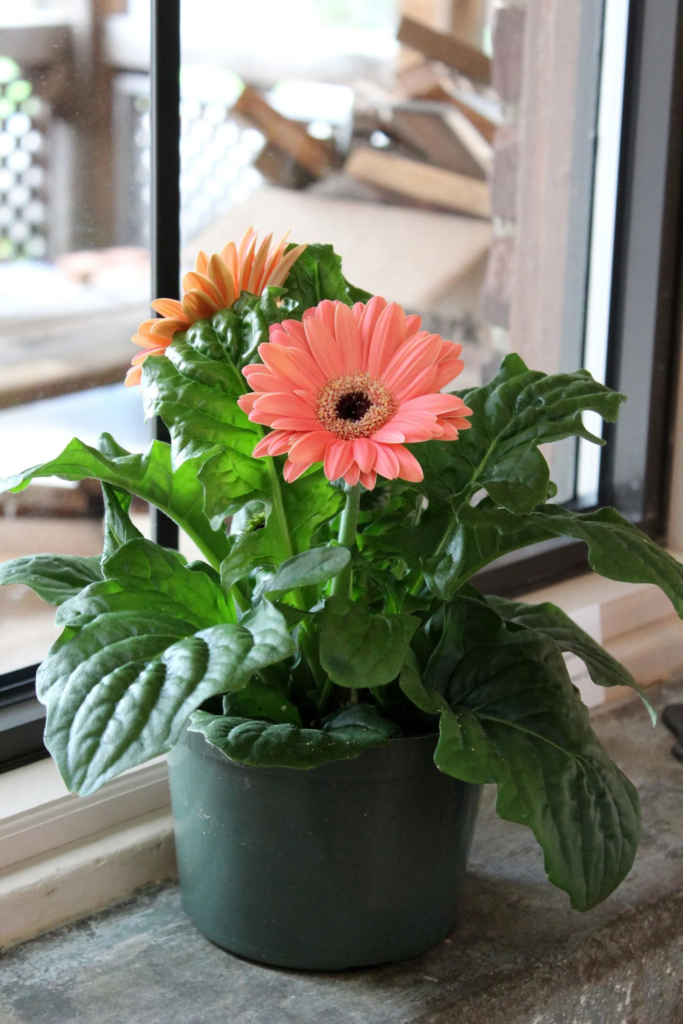
Peace Lilies
With this one, we’re siding with NASA Clean Air Study. Per the study they did on air-purifying houseplants, the elegant peace lily has been unrivaled in its capacity to absorb a variety of pollutants from the air. Combine it with the low maintenance care it requires and one-of-a-kind appearance, and there’s really no doubt that it is indeed one of the finest air-filtering plants I can recommend you try out.
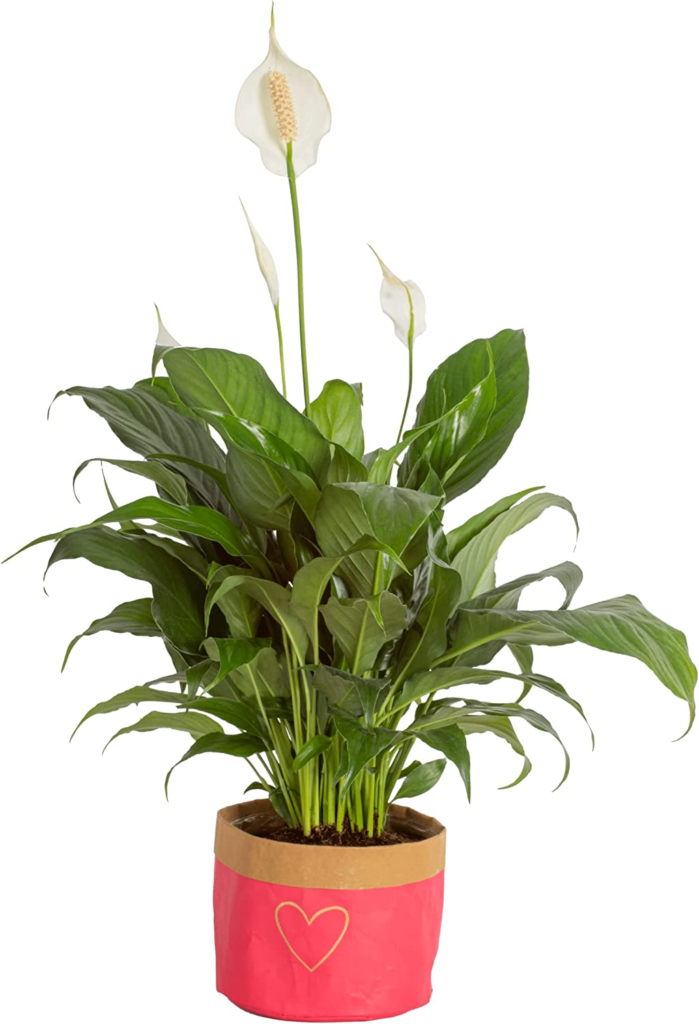
Snake Plant
Any experienced botanist will tell you that the eye-catching live snake plant stands as the easiest to care for of all domestic plants. This stylish plant seems to be an ideal present for frequent travelers who’ve been far from home for several weeks every now and then, as well as anybody else intrigued by natural air purifiers that don’t need much maintenance. Do not sit this plant in direct morning sun light or drafty spaces. Indirect light is best and biweekly watering or when the soil is all dry.
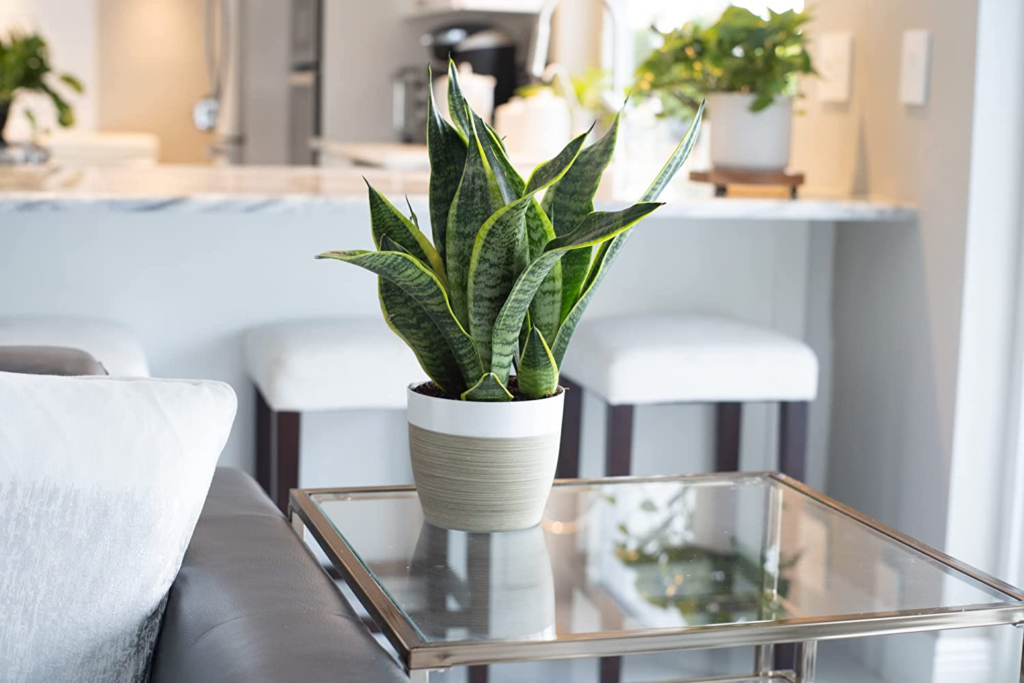
Bamboo Palm
The bamboo palm, which has little resemblance to true bamboo, is a fantastic floor element in just about any house. The extravagant fronds provide a naturally beautiful showpiece while discreetly filtering harmful pollutants such as absorbing formaldehyde, benzene, chloroform, and carbon monoxide from the air in your home.
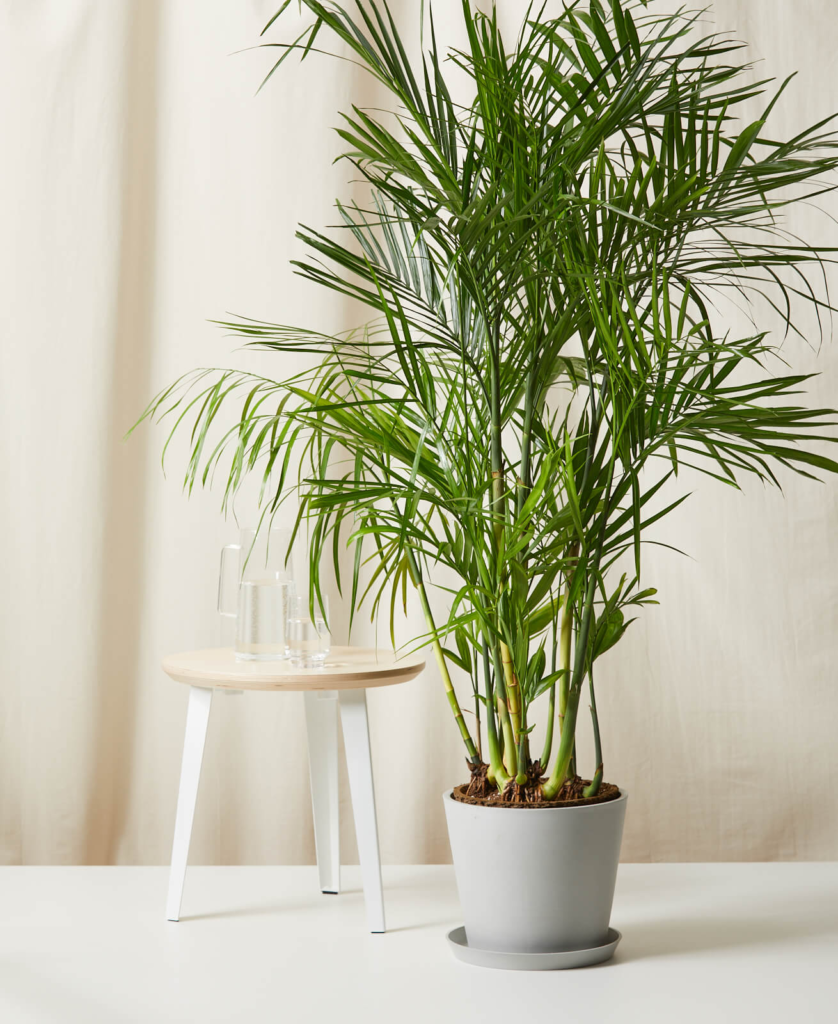
Chinese Evergreen
The Chinese Evergreen, which is among the many plants that are mostly used in homes around the planet. It thrives in light conditions where lighting is low to medium. This light requirement makes it great for spicing up gloomy areas of your house. For decades, this plant was already grown across Asia as kind of a “lucky plant,” while scientists demonstrated its potential to provide the luck of better health through NASA’s air quality research. This plant will thrive in dry and humid areas, requiring little water and light. Allow the top to dry out in between watering and place away from direct sunlight. Brighter homes will just require more watering.
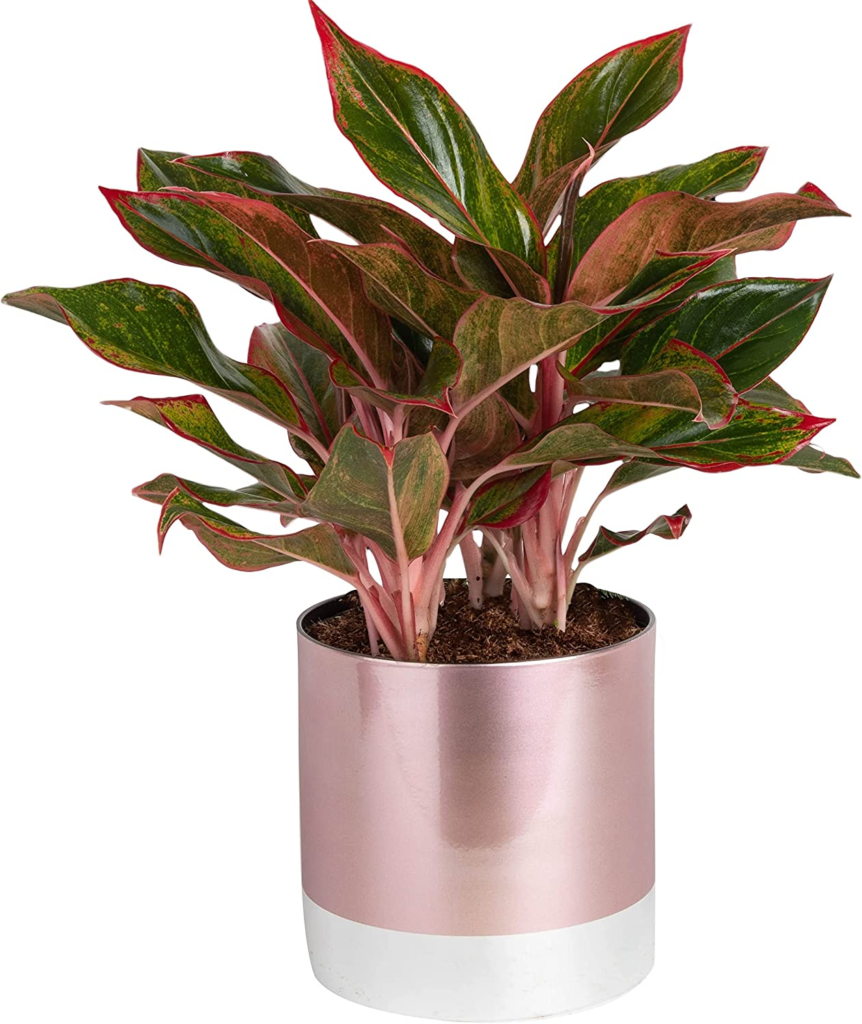
Corn Plant
Corn plants are physically pleasing due to their robust canes, and they are likewise one among many of the most efficient plants that purify the air. It can eliminate numerous pollutants in the air such as carbon dioxide, formaldehyde, trichloroethylene, and benzene. Furthermore, their upkeep is nearly flawless, making them an excellent alternative for people among us that may not possess a skilled green thumb.

Weeping Fig
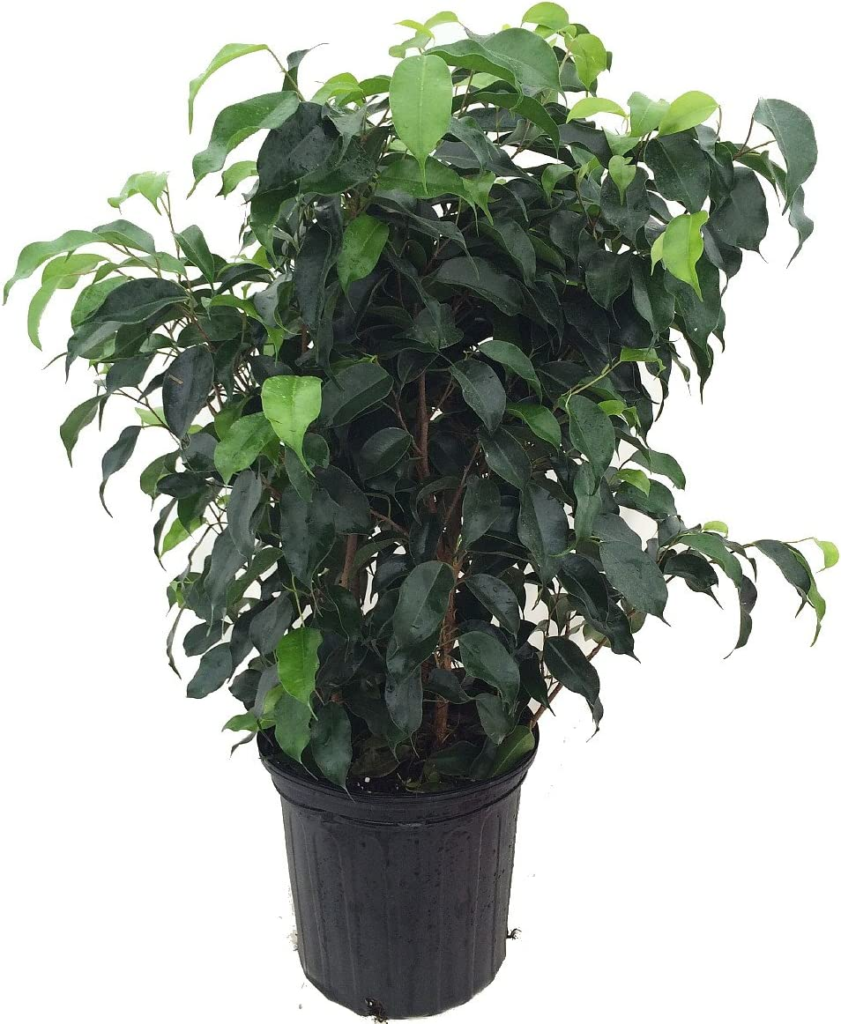
Weeping figs, or simply ficus trees, seem to be low-maintenance plants with excellent formaldehyde-filtering characteristics. When you own a delicate immune system, the weeping figs will not be a great choice to pick when you’re searching for a plant that wouldn’t give you allergies.
Monstera Plant
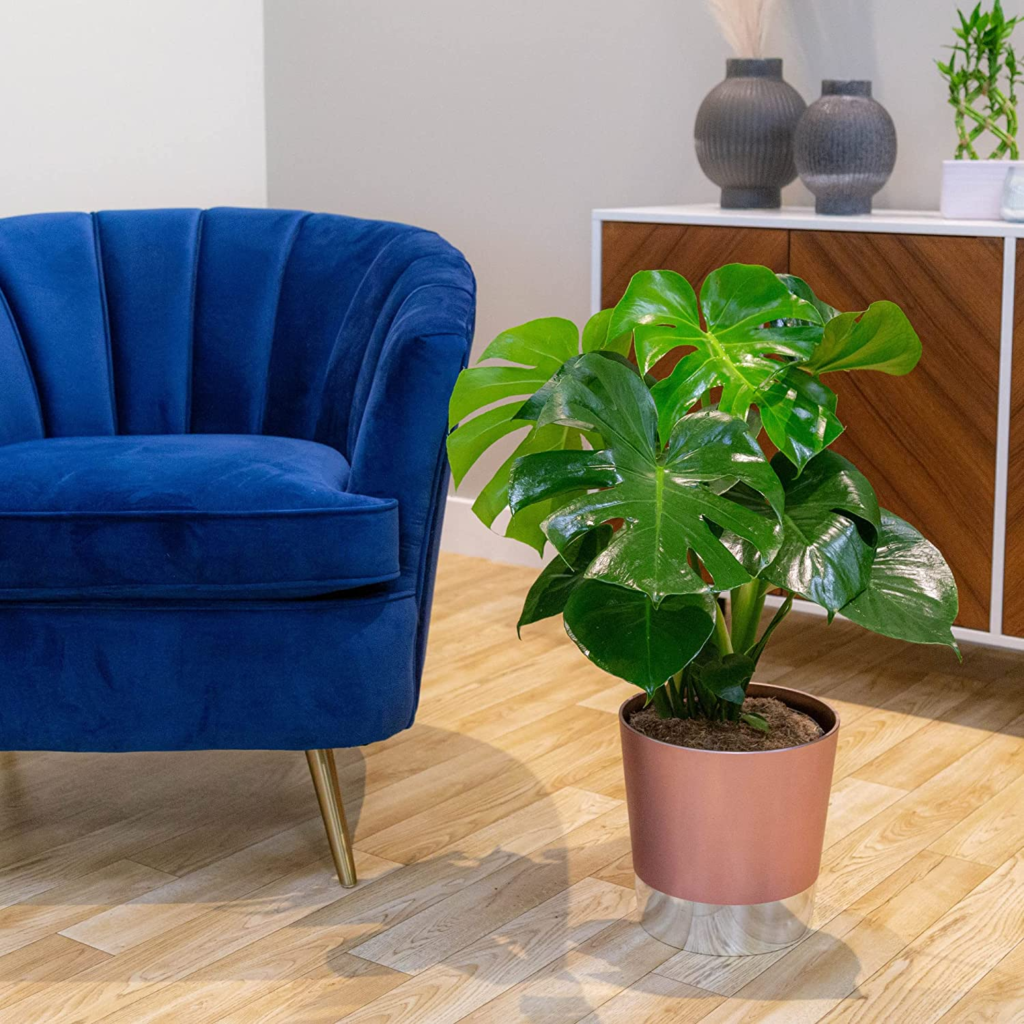
Monstera Plants are beautiful exotic plants and thrive best in bright sunlit windows. The Monstera plant is known to remove small amounts of carcinogens from the air. It’s such an expressive and dramatic plant, therefore my absolute favorite indoor plant. They get pretty big so not best fit for small spaces. They need watering often, but the soil should be a well draining soil and draining pot. You can actually purchase premade well draining soil or you can design a mixture of:
- 1/2 potting soil, 1/2 coco fiber or peat moss.
- 1/2 potting soil, 1/2 orchid bark or coco chips.
- 3/4 potting soil, 1/4 pumice or perlite
Watch Short Video On Setting Your Monstera Up For Success
Thanks so much for reading my post on 12 Plants That Will Purify The Air At Home. I hope you enjoyed this article and are inspired to give lots of new plants your love and protection at home.
![]()